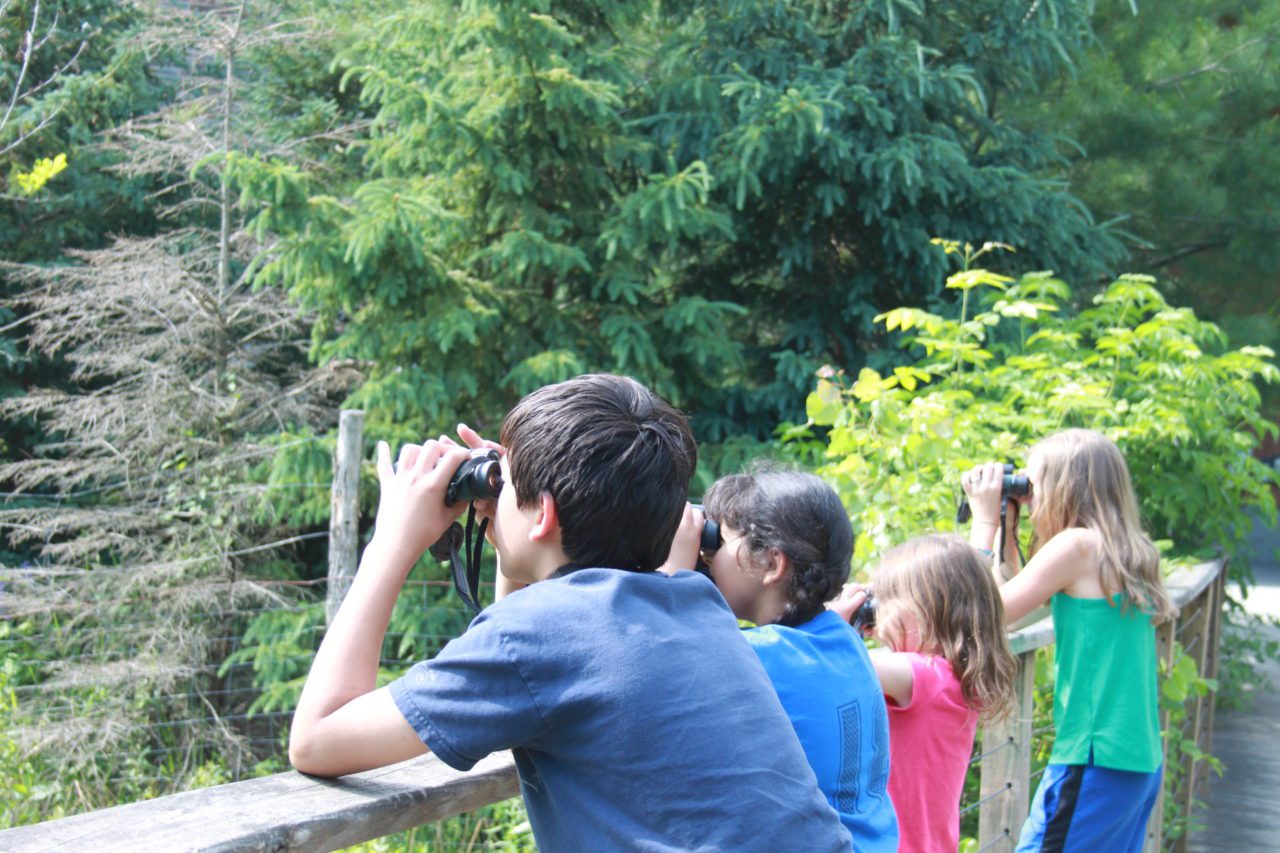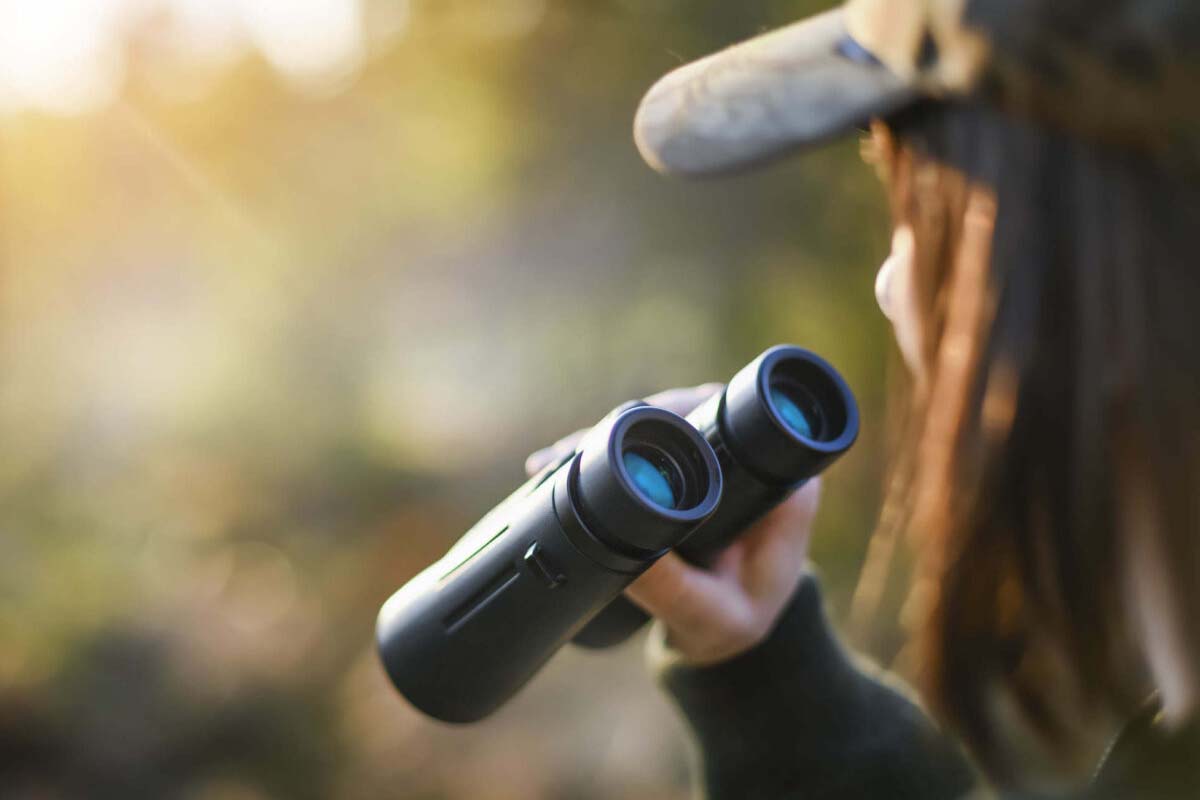Best Binoculars for Sightseeing: Shocking Technologies Revealed
When it comes to capturing unmissable moments in breathtaking landscapes, professional photographers often find themselves searching for the best binoculars for sightseeing. The choice of binoculars can profoundly impact how you appreciate and photograph beauty in nature, whether it be distant mountains or intricate wildlife details. The incredible advancements in optics technology have made it easier than ever to find binoculars that not only enhance your viewing experience but also complement your photography skills.

Why Binoculars Matter for Photographers
For professional photographers, binoculars serve as a valuable tool for scouting locations and pre-visualizing shots from afar. Here are a few reasons why every photographer should consider investing in top-tier binoculars:
- Pre-visualization: Binoculars allow you to frame your shot before reaching the location, giving you time to set up and analyze the composition.
- Spotting Details: With high-quality optics, binoculars let you capture the fine details that might otherwise be lost in an expansive landscape.
- Wildlife Observation: Photographers often work in nature, and binoculars enable them to explore wildlife behavior discreetly.
Top Considerations for Choosing the Best Binoculars for Sightseeing
Choosing the right binoculars goes beyond just price tags and brands. Here are critical considerations for professional photographers:
1. Magnification and Objective Lens Diameter
The first thing you'll notice about binoculars is their specifications, typically formatted as 10x42, for example. The first number (10) represents the magnification power, while the second (42) tells you the diameter of the objective lens (in millimeters). As a professional photographer, you might prefer higher magnification (like 12x) for detailed wildlife shots.
2. Field of View
Field of view (FOV) is essential for photographers. It indicates how wide an area is visible at a given distance. Wider fields provide more flexibility for spotting moving subjects while ensuring that details remain sharp. Factors like FOV can impact how you capture images of fast-moving wildlife or panoramic vistas.
3. Eye Relief
For photographers who wear glasses, eye relief is indispensable. It refers to how far the binoculars must be from your eyes in order to see the full field of view. Selecting binoculars with ample eye relief ensures comfort during long viewing sessions.
4. Weight and Portability
Choosing lightweight binoculars is crucial for photographers who often trek to remote locations. Compact and portable options make it easier to carry while also ensuring you dont sacrifice performance.
Top Recommendations for Binoculars
Here are some top recommendations for the best binoculars for sightseeing. Each option features advanced technologies that will surely delight professional photographers:
1. Nikon Monarch M7
This remarkable binocular, with its 10x42 specifications, offers a wide field of view, excellent low-light capabilities, and ED glass for crystal-clear imaging. Its perfect for observing wildlife in shadowy environments.
2. Canon 12x36 IS III
The inclusion of image stabilization technology makes this binocular extraordinary for spotting images without a tripod. It's excellent for capturing quick shots on the go.
3. Vortex Diamonback HD
This rugged and durable option offers superb optical performance with a lifetime warranty. These binoculars are waterproof and fogproof, perfect for any shooting conditions.
4. Zeiss Conquest HD
Known for its high-grade optics and sturdy design, this binocular provides extraordinary color fidelity and clarity. A must-have for serious nature photographers.
Examining Binocular Technologies
Binocular technology has advanced tremendously in recent years, and understanding these innovations can help you choose the right product:
1. Image Stabilization
Image Stabilization (IS) is crucial for handheld optics. This technology compensates for hand movements, ensuring steadiness in your imagery.
2. Lens Coatings
Multicoated lenses can improve light transmission and reduce glare, resulting in brighter and clearer images, essential for capturing the nuanced details of your subjects.
3. Waterproof and Fogproof Features
Binoculars designed with waterproof and fogproof features ensure reliability in all weather conditions. These features enhance usability while working near bodies of water or during unexpected weather changes.
Where to Purchase High-Quality Binoculars
Its essential to purchase binoculars from reputable retailers. You can find excellent options at REI, which provides a vast selection and extensive customer reviews to help guide your choices.

FAQs
What magnification is best for sightseeing binoculars?
The optimal magnification balances zoom and stability. Generally, 8x to 12x magnification is preferred for sightseeing.
Are expensive binoculars worth it for sightseeing?
Investment in quality binoculars often yields better optical quality, durability, and features that are crucial for photographers and avid nature lovers.
What additional features should I consider when buying binoculars?
Consider eye relief, weight, FOV, lens coatings, and whether you need water resistance based on your intended usage.
For further insights on binocular selection, check out other articles such as Best Binoculars with Camera, Best Night Binoculars, and Types of Binoculars.

